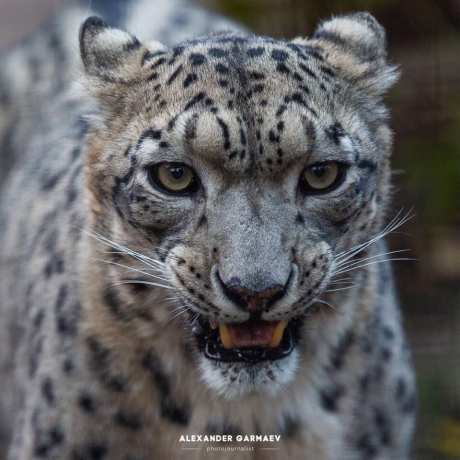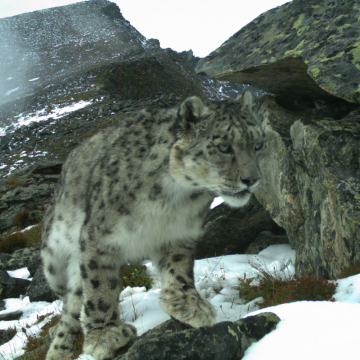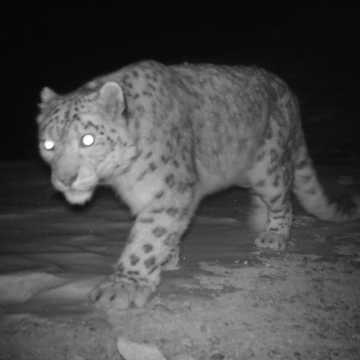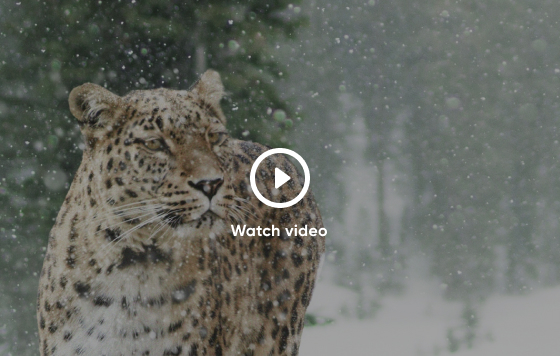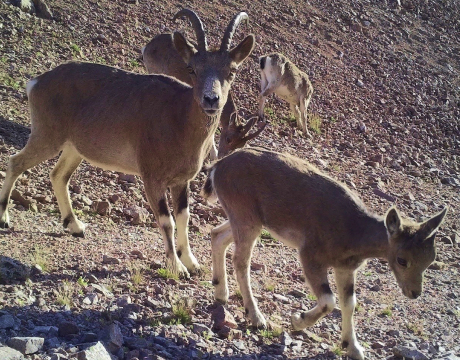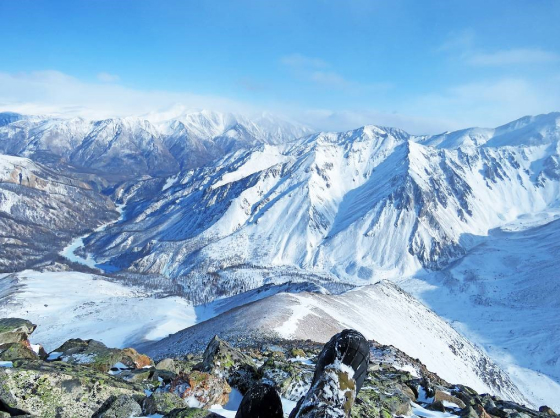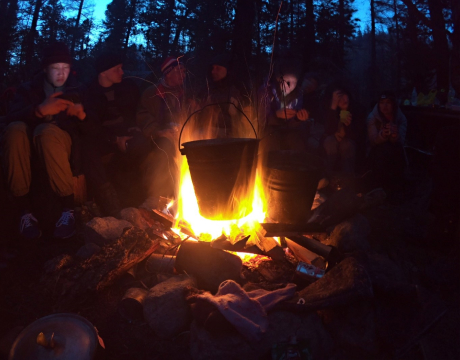Fortunately, the advances of modern technology have significantly expanded our knowledge of snow leopards. We are continually improving our knowledge of the lives of these magnificent animals. In Russia, snow leopards are the subject of research of several nature conservation organisations. One such organisation is the Snow Leopard Foundation. Dmitry Germanovich Medvedev, the organisation’s founder and President, is one of the preeminent snow leopard researchers in Russia and the wider world. In the autumn of 1980, Dmitry spotted the first tracks of snow leopards in Eastern Sayan, where it was not yet known to reside. This groundbreaking discovery prompted further research in this area over the following years, where direct evidence emerged of the snow leopard’s prey, thereby proving the big cat’s presence in the area.
The main objective of the Snow Leopard Foundation (SLF) is to conduct further research into the animal’s livelihood while helping preserve the existing population.
Dmitry Germanovich underlined this point: “How can we preserve something if we do not fully understand it? The more we know about snow leopards, the easier it will be to preserve them and their habitats. Thanks to the foundation, we have made several groundbreaking discoveries, for example where their habitats are located, which will help us to continue supporting this magnificent animal going forward.”
This year, SLF member Aleksandr Kuksin successfully defended the first thesis on snow leopards in Russia. This was only the fifth such thesis ever to be produced at a global level, another stark reminder how little academic research has gone into these animals.
The foundation also researches other rare species who live in snow leopard habitats, such as the Siberian ibex, Altai snowcock, manul and many others. Some of them, such as the Kodar snow sheep, are as rare as snow leopards, and the foundation has devised a rehabilitation project for this rare bighorn animal of Olkhon island.



